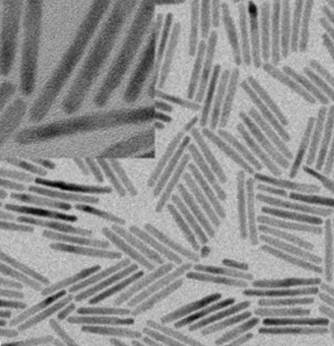 Among the numerous applications envisioned for semiconductor nanocrystals, quantum dot lasers are one of the most interesting. In contrast to bulk materials, the delta-like density of quantum dot electronic states predicts a low, temperature-independent lasing threshold. This gives enhanced device performance compared to other gain media, especially at elevated temperatures. Quantum dots grown by epitaxial techniques have proven to be suitable candidates for potential commercialization of quantum dot lasers. However, colloidal quantum dots offer an interesting low-cost alternative, being synthesized through wet chemistry at low temperature and standard pressure.
Among the numerous applications envisioned for semiconductor nanocrystals, quantum dot lasers are one of the most interesting. In contrast to bulk materials, the delta-like density of quantum dot electronic states predicts a low, temperature-independent lasing threshold. This gives enhanced device performance compared to other gain media, especially at elevated temperatures. Quantum dots grown by epitaxial techniques have proven to be suitable candidates for potential commercialization of quantum dot lasers. However, colloidal quantum dots offer an interesting low-cost alternative, being synthesized through wet chemistry at low temperature and standard pressure.
Now, Iwan Moreels, Gabriele Rainò (IBM Research – Zurich), and co-workers have successfully produced colloidal CdSe/CdS quantum dot-in-rods with an almost constant amplified stimulated emission threshold over a temperature interval from 5–325 K. This feature is unique to quantum dots and highlights their potential as a gain material, suitable for lasing at elevated temperatures. These results will pave the way towards low cost, solution processable quantum dot lasers.
The research was reported in Advanced Optical Materials, a new section in Advanced Materials dedicated to breakthrough discoveries and fundamental research in photonics, plasmonics, metamaterials, and more, covering all aspects of light-matter interactions. To get Advanced Optical Materials email alerts click here.

















